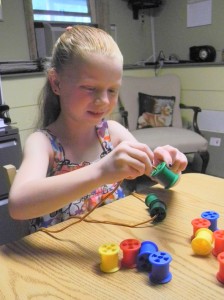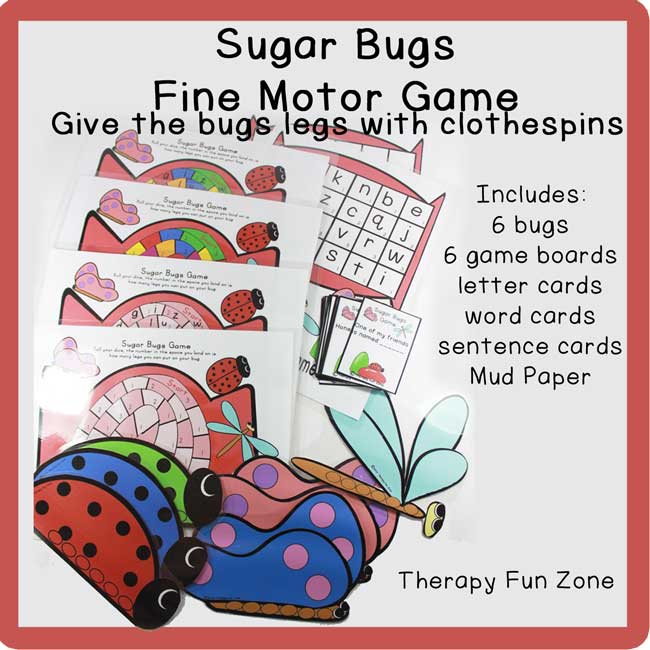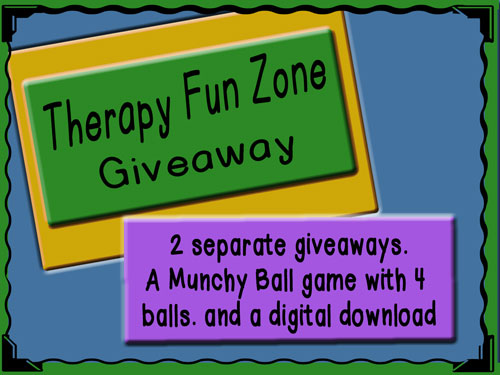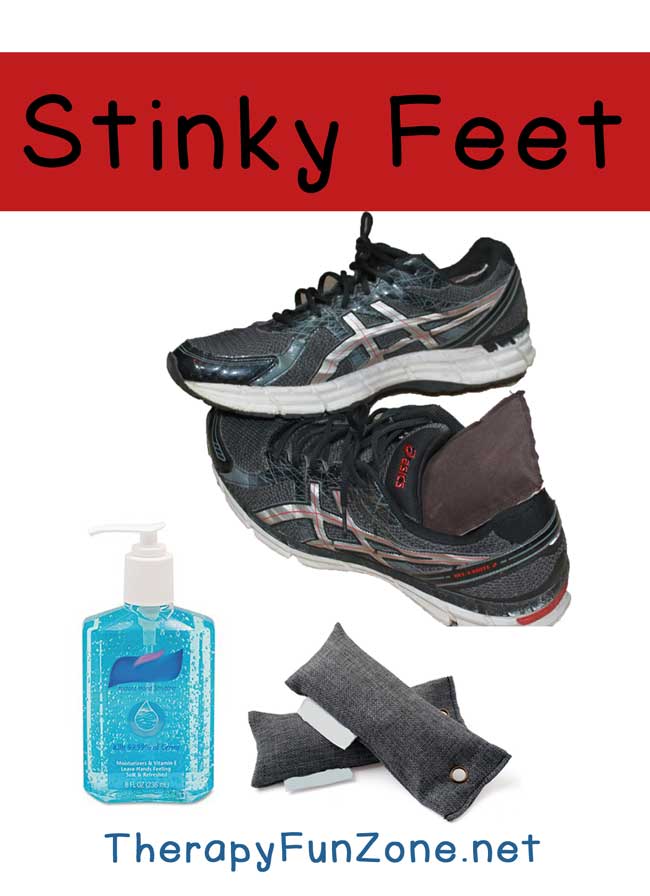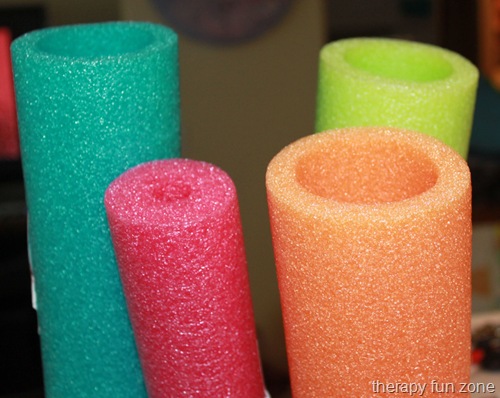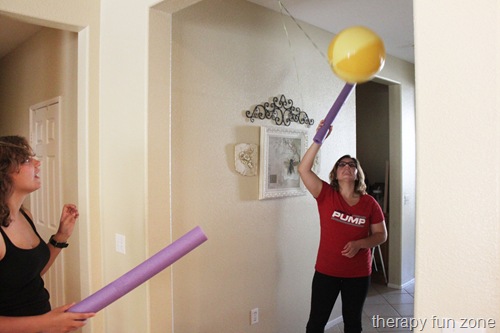Motor Planning Made Easy
This post may contain affiliate links.
 Take a moment to play along with me. Think about your daily routine – at home or at work. Walk yourself through a typical day starting from the moment after you are dressed and ready to go. Let’s say you are leaving for work. You know the route, how long it will take, where you’ll park and the door you’ll enter to go inside your building. Your desk, station or locker are all just where they were when you left yesterday. And your schedule, calendar or work is all ready for you to begin your day. Visualize how the day progresses, as you mingle with your peers, consult with your clients and take a break for lunch. All routine for the most part, correct? Nice.
Take a moment to play along with me. Think about your daily routine – at home or at work. Walk yourself through a typical day starting from the moment after you are dressed and ready to go. Let’s say you are leaving for work. You know the route, how long it will take, where you’ll park and the door you’ll enter to go inside your building. Your desk, station or locker are all just where they were when you left yesterday. And your schedule, calendar or work is all ready for you to begin your day. Visualize how the day progresses, as you mingle with your peers, consult with your clients and take a break for lunch. All routine for the most part, correct? Nice.
Now…think about the last time you began a new job. As you open the car door to leave, you are no doubt rehearsing the travel “exits and turns” in your head, hoping you’ve calculated the time you’ll need correctly. When you get there, you find that all of the parking spaces have a number assigned to them and that the door requires a code to enter. As you scramble to locate your new supervisor’s number on your phone, someone lets you in. Now what? Where IS room 446? Of course, the fourth floor. Elevator – no problem. Locating the room number on the wall – got that. Finally, you’ve arrived. From here on in, however, life as you know it has changed. And you will no doubt find yourself stumbling over your own feet and getting in your own way for about a week or two. My husband calls this the “NGS: New Guy Syndrome,” where every time you set down a cup of coffee, you knock it over. The only consolation for NGS is that you WILL get over it soon.
Why is it that although we may struggle with new situations, we can quickly adapt to those that require skills similar to familiar ones? How do we transfer skills without conscious effort? And can everyone do that? Motor Planning is the cure for NGS. It is a process that begins in childhood and allows us to develop the skills we will need to learn and adapt throughout our lives.
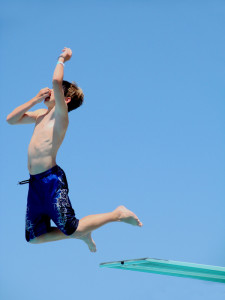 Motor Planning, simply put, is how a child plans and carries out a movement. It is also called “Praxis.” For every task, from picking up a rattle to crawling to learning to write his name, motor planning is how he uses his muscles to perform a series of movements all at the same time to produce an efficient action. It requires attention and relies upon his ability to relate old movement patterns to new, similar situations. Motor Planning itself is not simple, however. It is a complex system that allows a child to respond to the information he receives from the environment through his senses, select an appropriate response and make adaptations to his response in order to obtain the desired movement. It is not a skill; it is a process that is needed to develop a skill. Motor planning is the result of all sensory-motor experiences that a child collects during the first seven years of his life – and is the “bridge between the sensory-motor and intellectual aspects of brain function.” In fact, it has been labelled as the “highest and most complex form of functioning in children.” As we discuss the components of motor planning, you will begin to discover the reason why this is so.
Motor Planning, simply put, is how a child plans and carries out a movement. It is also called “Praxis.” For every task, from picking up a rattle to crawling to learning to write his name, motor planning is how he uses his muscles to perform a series of movements all at the same time to produce an efficient action. It requires attention and relies upon his ability to relate old movement patterns to new, similar situations. Motor Planning itself is not simple, however. It is a complex system that allows a child to respond to the information he receives from the environment through his senses, select an appropriate response and make adaptations to his response in order to obtain the desired movement. It is not a skill; it is a process that is needed to develop a skill. Motor planning is the result of all sensory-motor experiences that a child collects during the first seven years of his life – and is the “bridge between the sensory-motor and intellectual aspects of brain function.” In fact, it has been labelled as the “highest and most complex form of functioning in children.” As we discuss the components of motor planning, you will begin to discover the reason why this is so.
Motor Planning has four components:
- Ideation
- Planning
- Execution
- Adaptation
Ideation is the ability to visualize the action the child wants to take and how his body should move to do so. This happens in both similar and new situations. Ideation provides the goals for the motor action: what does he want his body to accomplish? For example, if he enters a room and sees a box of colored spools and yarn on a table, he can generate an idea of how to use them based upon his previous experience with beads and a shoestring. If he should happen upon a box full of plastic nuts, bolts and screws but has never been exposed to the use of them, he could draw upon his past experience with beads and shoestrings and begin to stack the nuts and bolts upon the screw to create an object. The collection of past experiences is automatic. But the decision to put them into use is accomplished through his attention to the task.
- Planning requires a child to have an accurate self-awareness or body image. Body Awareness is his ability to recognize spatial concepts (such as left, right, up, down) on himself and on objects in his environment. It helps him to determine where his body is in relation to his surroundings. Body awareness is a foundational skill that provides him with the ability to pre-plan an activity before he tackles it, allowing him to sequence a series of motor actions in the correct order to achieve the expected response from his body. For example, if a child has been exposed to paint brushes and crayons, and he is faced with a pencil, he will begin to position it in his hand and attempt to make marks on a surface. This is the result of his retrieval of past information to visualize what he could do with it (ideation). But, planning gives him the ability consider the sequence of motor movements he would need in order to make it produce an expected outcome – how to pick it up, place it in his hand either like a paintbrush or crayon, and move it back and forth to see if it makes a mark he likes. This happens automatically based upon his past experience.
- Execution is a child’s ability to efficiently coordinate his planned motor movements simultaneously, resulting in bilateral coordination and actions that require timing and movement through space. Execution demands that a child be aware of what his body is doing and that he is able to accurately process movement through his vestibular, proprioceptive and visual senses. For example, if a child has experienced crawling along a flat surface in his living room and he is introduced to a small pile of pillows along his path, he will be able to coordinate his planned arm and feet movements as he pushes his way up to the top of the stack of pillows. He is using his vision to determine that the pile is higher than the floor, his proprioception to recognize that it is softer and less sound than the floor, and his vestibular system to consider the shifting of his body movements to the left or right. Of course, he will need a bit of help from the next component, Adaptation.
- Adaptation is required for the motor planning process to be complete. As a child pursues the task at hand using past experience as his guide, he must be able to make corrections to his movements that will bring about the expected response. If the child crawls to the pillows, attempts to use his bilateral arm and leg movements to reach the top and falls each time that he leans too far to left, he will not gather the experience necessary to lay down a new motor plan. Once he begins to recognize that his body is shifting to the left and he consciously shifts his trunk toward the right, he will achieve his goal of making it to the top. With practice, the motor planning process becomes a skill that allows him to perform “pillow climbing” without giving it another second’s thought!
It is important to note that motor planning does not exist as a solitary process in learning. In order for it to happen successfully, a child needs to have good core muscle strength, efficient visual skills, and the ability to grade (adapt) his movements. When these elements are not working properly, a child can be mislabeled as oppositional, clumsy, inattentive, lazy or learning disabled. Motor planning becomes tedious and difficult to concentrate on, leaving the child confused and frustrated.
As a parent or teacher, it always helps to have some ideas on how to help children develop motor planning and ways to assist them in working toward more efficiency with the process. Here are some links that will lead you to them! Please be sure to let the authors who shared their ideas know that you visited and found some great suggestions!
- Balloons, balls, clothespins and tongs are excellent ways to practice motor planning. You can find downloadable printout outs here for those and many more!
- Charades, sports and building blocks are fun activities that you can find on this site’s downloadable handout to use and share!
- And if you are a Pinterest fan, you will find tons of motor planning fun here!
Katherine J. Collmer, M.Ed., OTR/L, is a pediatric occupational therapist who owns and operates a clinic that specializes in the assessment and remediation of handwriting skills. She can be contacted via her website, www.handwritingwithkatherine.com.

